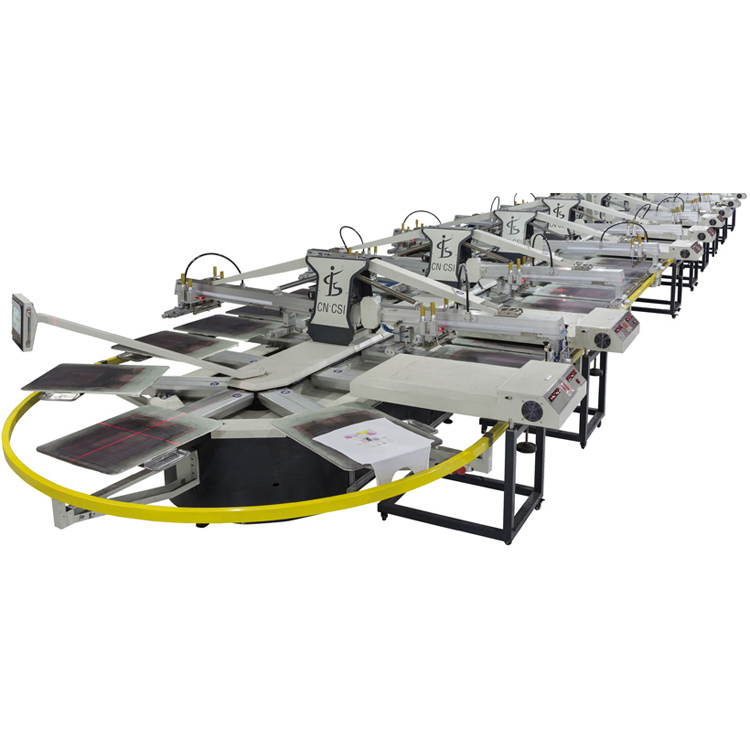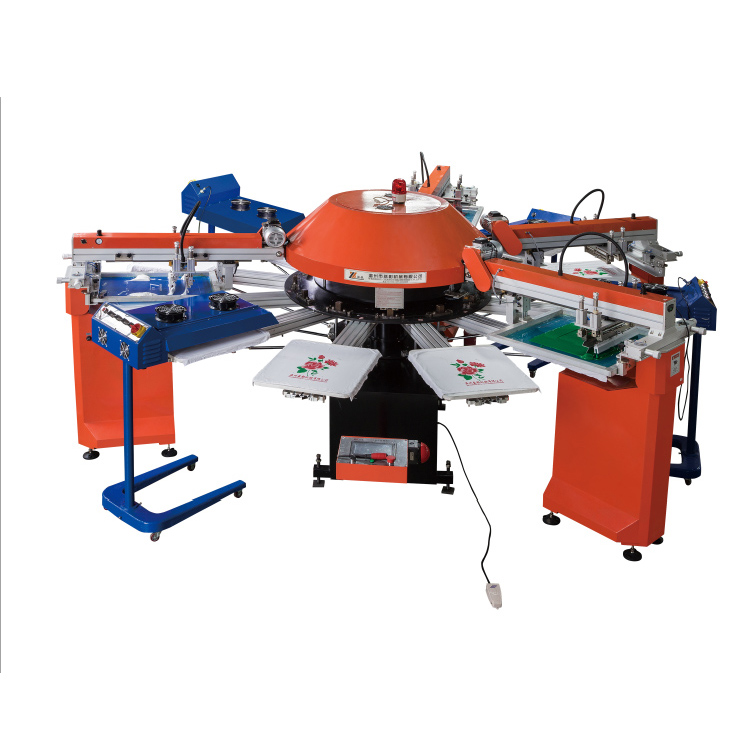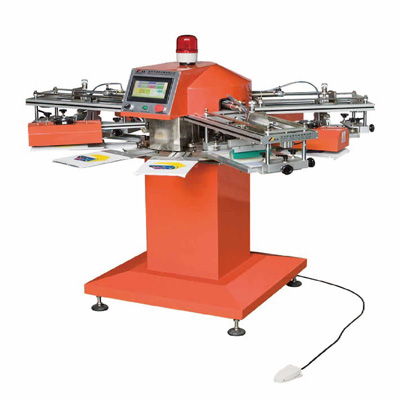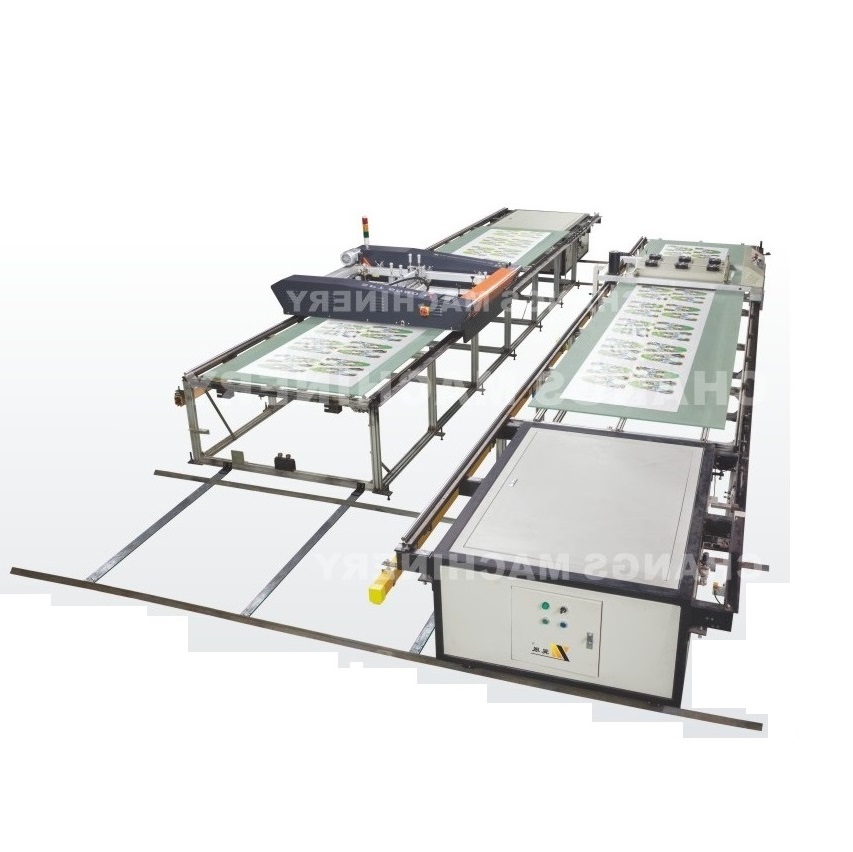In an era of high demand for disposable products, the operational efficiency of a paper cup making machine directly impacts a company's output, costs, and competitive edge. Efficient operation isn't just about speed; it's about stability, low waste, and long-term reliability. This article provides a comprehensive guide to optimizing your paper cup production process.
Understanding the Basics of Your Paper Cup Making Machine
Before pressing the start button, a deep understanding of your equipment is the first step to efficiency. A typical paper cup machine consists of the following core systems:
1. Paper Feeding System: Responsible for feeding the paper roll smoothly and accurately into the machine. This is the source of production, and its stability is critical.
2. Printing System (Optional): If the machine has printing capabilities, this unit applies designs to the cup wall.
3. Cup Body Forming System: Uses molds to roll the flat paper into a cylinder and seals the longitudinal side seam.
4. Bottom Forming System: Attaches the bottom paper to the cup body, curling and sealing the rim through a molding process. This is crucial for preventing leaks.
5. Heating and Sealing System: Provides a consistent heat source to melt the PE coating, ensuring a strong bond between the cup wall and the bottom.
6. Drive and Control System: The "brain" and "nerves" of the machine, coordinating all movements, typically controlled by a PLC and touchscreen interface.
Key Takeaway: Familiarize yourself with the function, adjustment methods, and interrelationship of each station. This knowledge allows you to quickly pinpoint the source of any problem.
Pre-Operation Checks: Setting the Stage for Success
Rigorous pre-operation checks are the foundation for preventing unplanned downtime and ensuring a high first-pass yield. Develop the following habits:
1. Raw Material Inspection:
Paper Roll: Check its specifications (width, grammage), ensure the PE-coated side is facing correctly, and look for surface damage, wrinkles, or large impurities.
Bottom Paper: Ensure the size and material are compatible with the main paper roll.
Ink (if applicable): Verify the color and viscosity are correct.
2. Machine Condition Check:
Cleaning: Thoroughly clean all parts of the machine, especially the molds, paper feed path, and glue pot, to prevent residue from affecting the new batch.
Lubrication: Lubricate all specified points with the appropriate oil or grease as per the equipment manual.
Tightening: Check for loose screws or nuts on key components.
Air & Power Supply: Ensure air pressure is stable at the set value (typically 0.6-0.8 MPa) and the voltage is stable, with no air leaks.
3. Tool and Setup Preparation:
Keep necessary tools (wrenches, hex keys, etc.) and spare parts (e.g., blades, seals) within easy reach.
Input the correct parameters into the control panel according to the production order, such as cup size and speed.
Step-by-Step Efficient Operation Techniques
With preparation complete, an efficient operational workflow maximizes output and minimizes waste.
1. Proper Loading: Use a dedicated loading cart to mount the paper roll evenly and concentrically, ensuring uniform tension during unwinding to minimize misalignment.
2. Adequate Preheating: Allow sufficient time for the heating system to warm up (typically 10-15 minutes) so that all heating plates reach a stable, uniform temperature. This is essential for a quality seal.
3. Staggered Start-Up: Do not run at full speed immediately. Start at a low speed (e.g., 30%-50% of normal speed) to produce the first batch of samples.
4. First-Article Inspection: Immediately inspect the initial cups produced at low speed:
-
Dimensions: Check the rim and bottom diameter, and height for conformity.
-
Sealing: Ensure the side seam and bottom curl are strong, with no glue leaks. Perform a peel test.
-
Appearance: Check for scratches, stains, or deformation.
-
Based on the results, fine-tune the molds, temperature, or pressure until the product is perfect.
5. Gradual Acceleration: After the first article is confirmed good, gradually increase the machine speed while monitoring both the machine's behavior and product quality. Find the optimal balance between "stable quality" and "maximum speed," rather than blindly pursuing the highest RPM.
6. In-Process Monitoring: Operators should perform regular spot checks (e.g., every 30 minutes) and be alert to any unusual sounds, vibrations, or temperature changes. Addressing minor issues promptly prevents major breakdowns.
Maintenance Routines for Long-Term Efficiency
"A sharp tool is key to good work." Regular maintenance is the soul of long-term machine efficiency.
Daily Maintenance:
-
Perform a thorough cleaning after production, removing all paper dust and glue residue.
-
Check and clean photoelectric sensors to ensure they are responsive.
-
Drain moisture from the air filter.
Weekly Maintenance:
-
Clean and re-lubricate key transmission parts (e.g., chains, guide rails, bearings).
-
Inspect the wear on consumable parts like cutting blades; sharpen or replace as needed.
-
Check the functionality of all heating elements.
Monthly/Quarterly Maintenance:
-
Replace the gearbox oil as recommended by the manufacturer.
-
Perform a comprehensive check of electrical terminals for looseness.
-
Conduct deep cleaning, calibration, and maintenance of the molds.
Maintain a Logbook: Keep a detailed record of every maintenance activity—date, tasks performed, and issues found. This helps predict failure cycles and create more scientific maintenance schedules.
Conclusion
Efficiently operating a paper cup making machine is a systematic endeavor, built on four pillars: Deep Understanding + Meticulous Preparation + Standardized Operation + Preventive Maintenance. Internalizing the philosophy of efficiency as a daily routine will significantly increase output, reduce the scrap rate and energy consumption, and greatly extend the equipment's service life, thereby creating sustained value for your business.
FAQ
Q1: Why do the cup bottoms often have glue leaks or poor sealing during production?
A: The main reasons include:
-
Insufficient Temperature: The bottom heating block temperature is too low, preventing the PE coating from melting properly.
-
Uneven Pressure: Incorrect adjustment or wear on the bottom forming mold pressure.
-
Raw Material Issue: The PE coating on the bottom paper is uneven or does not meet specifications.
-
Glue Application: If using additional adhesive, the amount may be insufficient or the glue type may be incorrect.
Q2: What should I do if the machine suddenly becomes much noisier during operation?
A: Immediately reduce speed and shut down the machine for inspection. Focus on:
-
Loose bolts.
-
Over-tightened or slackened transmission chains or belts.
-
Lack of lubrication or damaged bearings.
-
Foreign material jammed in the molds.
Q3: How can we effectively reduce the scrap rate during production?
A:
-
Ensure consistent, high-quality raw materials.
-
Implement fine-tuned parameter settings: Find the optimal combination of speed, temperature, and pressure for your current materials.
-
Enhance in-process monitoring: Operators should perform frequent checks and make timely adjustments.
-
Keep molds and pathways clean: Prevent scratches and defects caused by contamination.
Q4: What should I do if the parameters on the touchscreen are accidentally lost or corrupted?
A:
-
First, try a power cycle to see if it restores itself.
-
If the machine has a backup function, contact a technician to restore parameters from the backup.
-
The fundamental prevention is to immediately back up all system parameters via the touchscreen or a USB drive once settings are stable, and store the backup securely.






